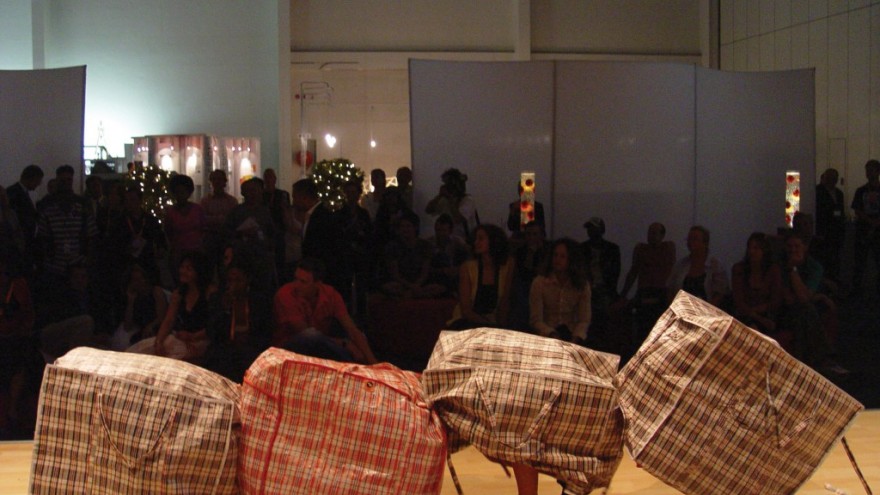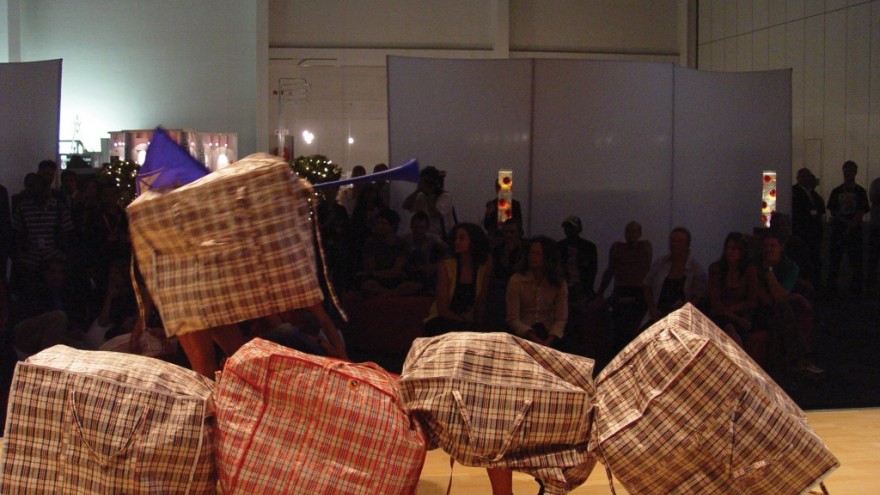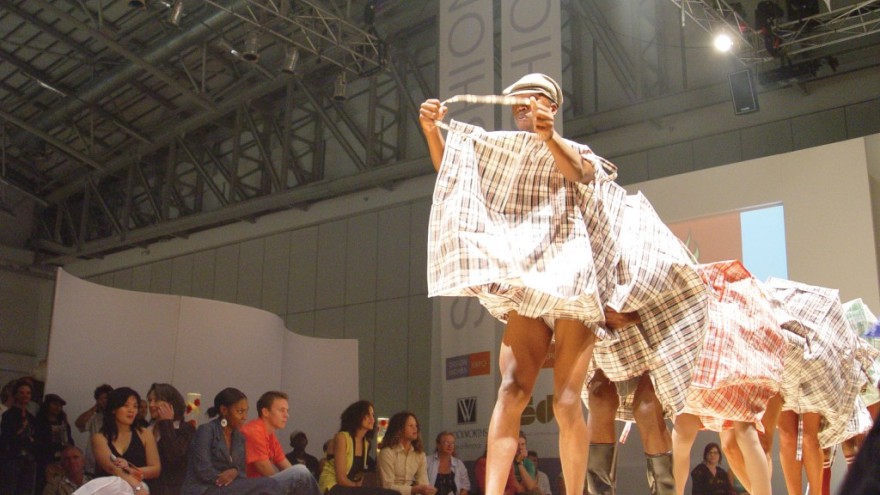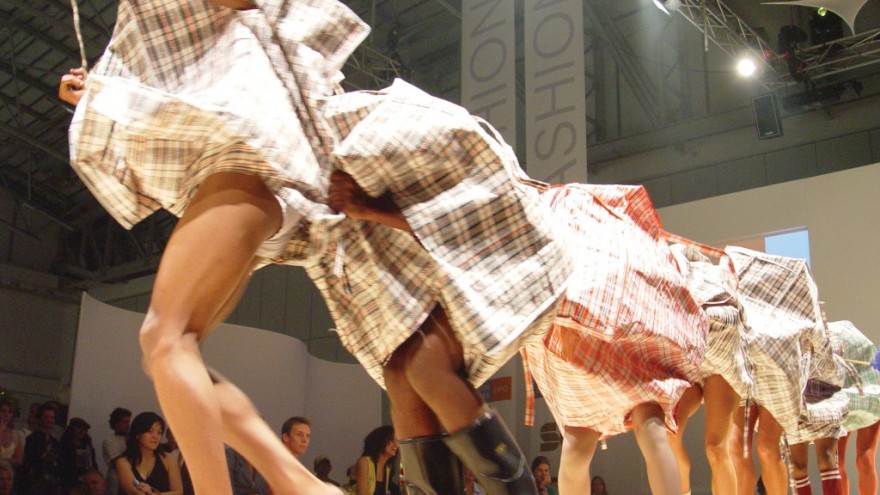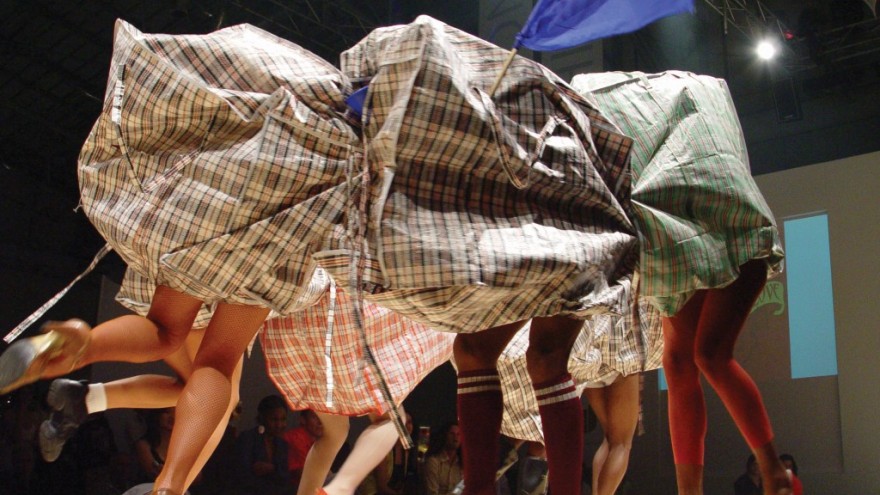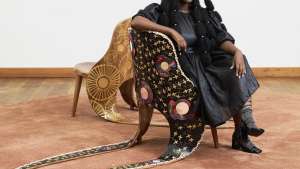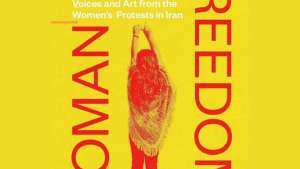First Published in
The strong Rand has made our exports less competitive, while cheap imports, especially from China, continue to flood the market locally. This state of affairs draws attention to some very basic questions facing the local fashion industry. Is the industry in terminal decline, or can it be rescued; and what, if anything, can fashion designers do to reverse the trend? These questions, and the conditions that prompted them, formed the background to this year's inaugural Fashion Indaba, held in Cape Town as part of the Design Indaba 8.
In our discussions, five possible routes open to the South African clothing and textile industry were assessed.
South African route
Many of our lauded local designers do little more than recycle international fashions. South Africa has a wealth of cultural heritage that can be a source of pride and identity in this country, and for Africans around the world. But heritage is a straitjacket as well as an inspiration. If we merely recycle we will not offer anything new to the world or ourselves. We need to raise our designs to a new level, something that will be achieved not merely by celebrating, but also critiquing our culture and traditions.
In Brazil, another developing nation with a rich multi-cultural heritage, local inspiration has proven to have global appeal. Carlos Miele, for instance, transcends tradition by capturing the essence of his country and creating a gorgeous, beautifully crafted signature. He uses communities from favelas to make his garments, with the proviso that they must be of the highest quality: corporate social responsibility does not sell high-priced fashion; a beautiful fit does.
African route
South Africa can potentially become the hub of African fashion, with the Fashion District, in Johannesburg's revitalised inner city, its new epicentre. This possibility can be encouraged and stimulated in a variety of ways:
- Invite designers from African countries (e.g. Ivory Coast) to come visit South Africa for a season, to work with local designers in the Fashion District;
- Feature a country for a period: e.g. host an Ethiopian Fashion Week;
- Host an African Fashion Fortnight in Johannesburg and Cape Town, inviting the world fashion press.
It is worthwhile to note that the African creative industries, from art to filmmaking, are receiving unprecedented recognition in Europe and America. The time is right to make a pan-African fashion statement.
Parisian route
Paris came to prominence as the home of fashion after World War Two, partly in response to the loss of traditional breadwinners (men) to the war and resistance movement. Post-war scarcities also forced women to work, with many becoming seamstresses, sewing together spare pieces of cloth. Some excelled at their trade and started making - and designing - clothes for others. As Coco Chanel said of her rise to fame: "I design for myself and my best friend". South Africans can learn a lot from this simple lesson. Focus on getting the basics right; train seamstresses to sew well. It is rumoured that even at premier South African fashion shows, hems are undone and the finish is untidy.
Bangladeshi route
Historically, the south Asian country of Bangladesh built its manufacturing industry off a low cost base. The rise of China has, however, rendered this model ineffective. The country simply cannot compete with Chinese prices and volumes. To avert a crisis, the country is now seriously considering the option of adopting sustainable social and environmental practices in clothing and textile manufacturing. Not only does this allow the country an opportunity to distinguish its products from China, but it will also appeal to European retailers looking for an ethical Asian supplier. This thinking has also taken root in Africa, with a move to brand African Cotton as GM free. Can South Africa build on this and use our strict labour laws to our global advantage by offering a total package of sustainable development?
Lancashire route
A succession of British Governments let the Lancashire cotton industry die, largely because it was regarded as uncompetitive. The government rationale here was simple: they could not and would not save the industry. Can the South African government, or the country as a whole, afford to pursue this option? There is a debate over whether we have too much or too little regulation. The Democratic Alliance has called for the scrapping of the minimum wage. Their argument is simple: rather earn less and have a job, than earn nothing by being uncompetitive. The trade unions oppose this, calling rather on the government (and retailers) to impose quotas. As things stand, it is unlikely the government will choose either of these options.
The Fashion Indaba was not just about macro-economic policy; we also learnt how people are reviving its potential in unexpected ways. In Barcelona, Paula and Paulo Feferbaum synthesize fashion, art, food and music in Circuit - an all-encompassing iconoclastic festival, using Barcelona as the backdrop. The sister and brother team, both involved in fashion (she a designer, he a retailer), decided Barcelona was becoming too staid; it needed fresh energy. Circuit can happen in one day, in one place, or over three days in many places, with Barcelona as the constant: the city is their showroom. Over the last five years there have been 11 Circuit events held in Barcelona, each of them themed. The last two were hosted around the themes of Origin and Re-Do, respectively. While the city of Barcelona put up the majority of funds at the beginning, the event now attracts major sponsors, including Lucky Strike.
The important lesson here is that fashion does not exist in isolation. You don't dress up to stay home. Fashion goes together with music, art, live performances, good food, and fun times. There are certainly opportunities to experiment with variations of Circuit in Johannesburg and Cape Town, capitalising on the new fusion of creative industries and the growing international interest in South African art, music and film.
Other issues discussed at the Fashion Indaba included recent trends. Amongst these, "brandlash" featured prominently. "Brandlash" refers to the growing distrust of labels and brands, itself a consequence of globalisation and the urge towards monoculture it heralds. The point here is that brands now need to be rooted in reality. Traceability becomes an important issue. How did this shirt get on my back? In this sense, fashion must be in touch with society, doing the right thing and getting the right result. Fashion designers need to think about the whole value chain. Where do their fabrics come from? Are their designs being manufactured in the right environment?
Amongst the developing countries, South Africa with its Constitution, labour laws and transparency has the potential to be a manufacturer who can adhere to traceability requirements.
Also discussed was the idea of "mass market prestige". We all want our red-carpet moments, our momentary escapes into enchanted realms. Examples include mass prestige ranges from BMW's One Series to couture designers in chain stores. Stoned Cherrie, Maya Prass and Craig Native have been launched successfully in five Woolworths stores and mass market prestige indicates there are more opportunities for designers with distinctive signatures to be featured in national stores.
This is a useful initiative for supporting the local manufacturing industry.
Another point discussed was the concept of North meets South, particularly the idea that artefacts, crafts and fabrics from Scandinavia and Africa display remarkable similarities in patterns and designs. The Fashion Indaba did not unpack the significance of this, but it may well be that authentic African designs have a global appeal beyond the traditional African diaspora. Good design can, at once, define and transcend a national identity.
If anything, the Fashion Indaba stressed the need for the local industry to get its house in order. South African textile and clothing manufacturers are at odds. Chain store fashion outlets are increasing their dependence on cheap foreign imports. Nedlac negotiations between retailers and manufacturers have broken down. Local boutiques buy local fashions on consignment while paying for imports upfront. Our house is divided, with the result that most fashion designers struggle to make a living. A very successful designer in this country may employ up to 30 people. By comparison, in Brazil, Carlos Miele employs 1500 people to create his fashions. Clearly, we have a long way to go. An Indaba that includes fashion designers, retailers, manufacturers, unions and government is a good place to start.
About the author
Mike Freedman, of Freedthinkers, facilitated this year's Fashion Indaba. Freedthinkers specialises in in-depth research, facilitation and strategic development.

